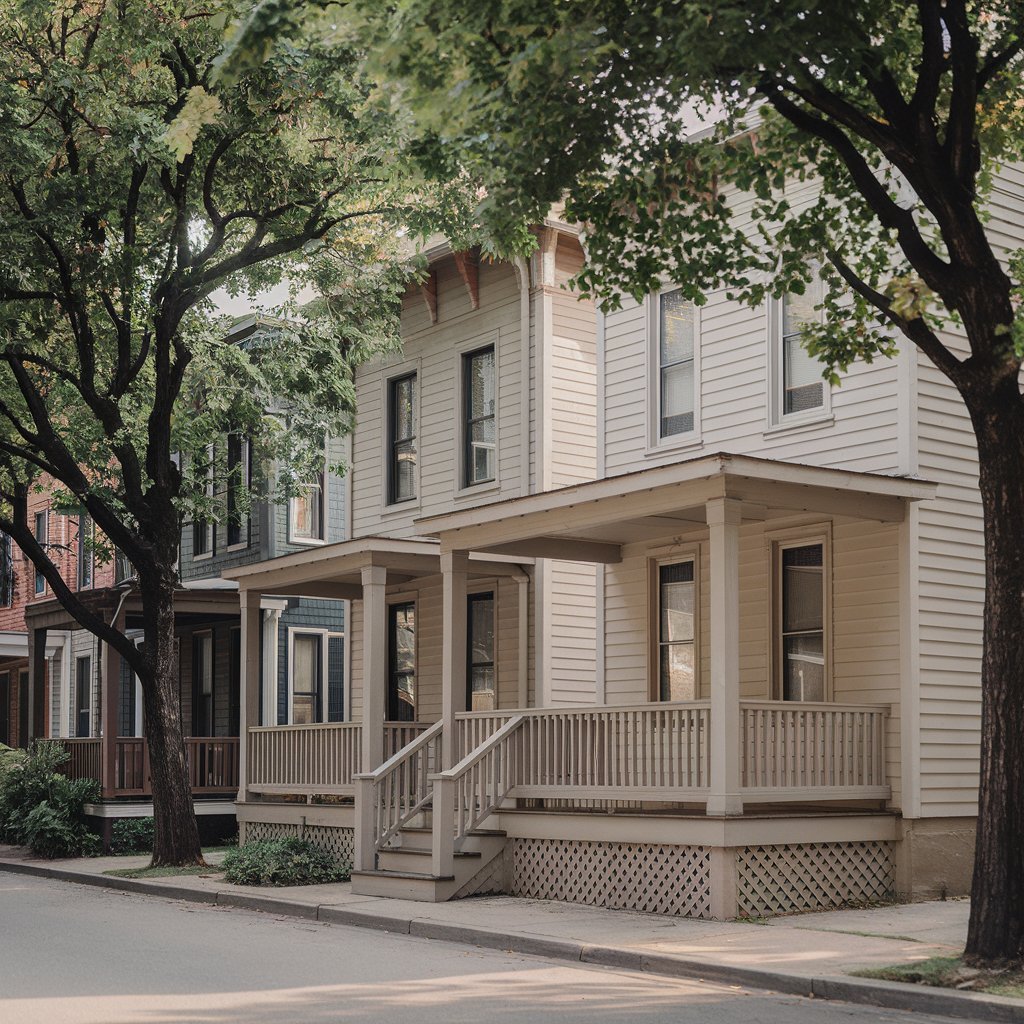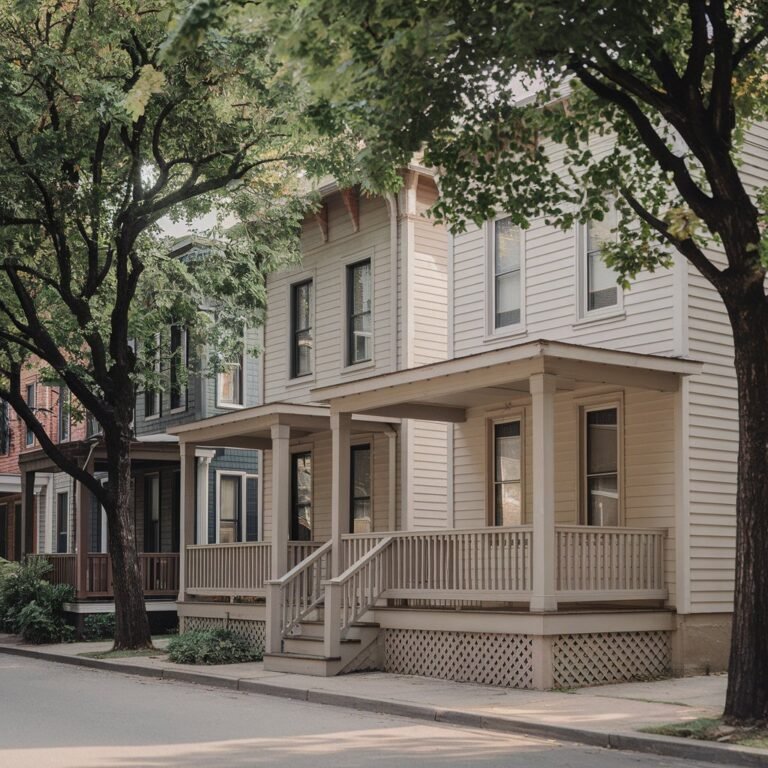Introduction
Throughout the ages, guard towers have served their purpose when it comes to security and surveillance. In relation to Mississippians, the structures are valuable culturally, historically, and functionally. This article attempts to trace the emergence, utilization, and modification of guard towers mississippians among the Mississippians.
Historical Background
The Mississippian Culture
The Mississippian Culture, which thrived from 800 CE to 1600 CE, is known for their advanced social organization and impressive building construction. The communities often had central plazas, mounded earthworks, and defensive walls with watchtowers.
Early Defensive Strategies
To defend their territories, Mississippians utilized a wide array of protective techniques. Wooden guard towers, palisades, ditches, and guard towers mississippians served a prominent purpose. These towers would give a commanding view from above to help spot danger and plan accurate and effective actions.
The architecture of guard towers
Design and construction
Most of the Mississippian guard towers were built from wooden materials and straw, which were available locally. The design focused on attaining a greater height while providing the necessary strength and stability for a guard to view a broad expanse. Every tower was provided with ladders or ramps, which made climbing to the wooden platforms easier.
Strategic Placement
We strategically distributed guard towers throughout towns and communities, focusing on identifying entry points and vulnerable areas. This setup enabled all-round observation and prompt exchange of information during an attack.

Functionality and usage
There is surveillance and security.
Guard towers mississippians were built primarily to enhance safety measures. The Sentinels who were placed in the towers could identify any incoming dangers, be they human or animal, and notify the people in the surrounding area.
Communication Hubs
The guard towers in ancient empires served as communication hubs as well. For instance, they could relay messages across enormous distances using smoke, flags, and other visual signals. This method also helped in coordinating actions during emergencies.
Cultural Significance
Okay, let’s try to repurpose the secondary significance that towers had. They reflected might, watchfulness, and unity, and in some cases, they incorporated sculptures and other forms of Mississippian art.
Evolution Over Time
Adapting to New Threats
As external threats to the guard towers evolved, we added new materials and improved visibility features. Guard tower designs and functionality improved as new external threats and challenges arose.
Influence of European Contact
When European explorers and settlers came to America, they transformed the Mississippian way of life. Some of the Mississippian communities adopted some European constructions, such as guard towers mississippians, which are a mixture of both styles.
Preservation and Legacy
Archaeological Discoveries
Archaeological digs have revealed fragments of Mississippian guard towers, which offer crucial information regarding the construction and use of these towers. Such discoveries allow historians to analyze the key significance these structures were able to provide.
Cultural Heritage
Rebuilding guard towers at sites of historical importance is one of the ways to showcase and preserve Mississippian heritage. These reconstructions help support learning opportunities and appreciate the creativity of the Mississippian society.
Conclusion
Guard towers mississippians served an important function in the life of Mississippians because they were both cultural and protective landmarks. People still marvel at their memory, a testament to the planning and construction skills of the Mississippians. Learning about these structures is the only way to appreciate early America’s mystery and wonder.

















